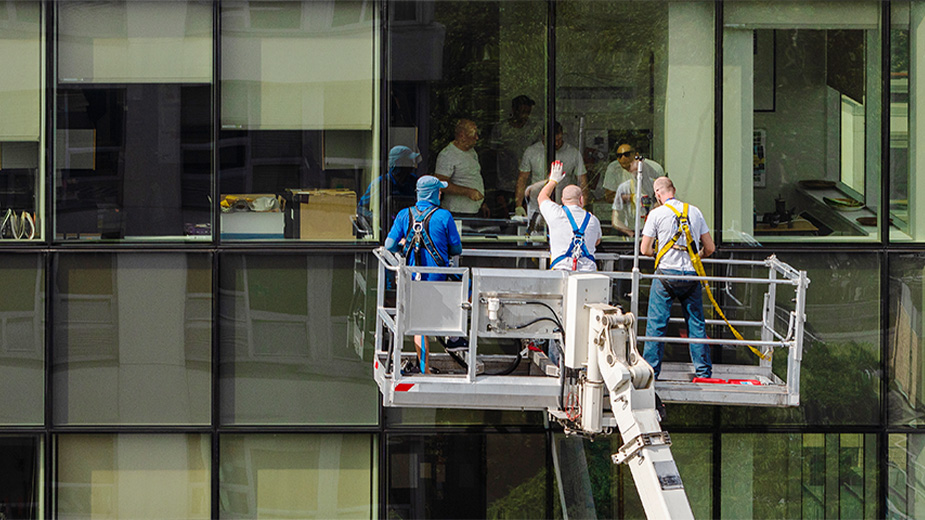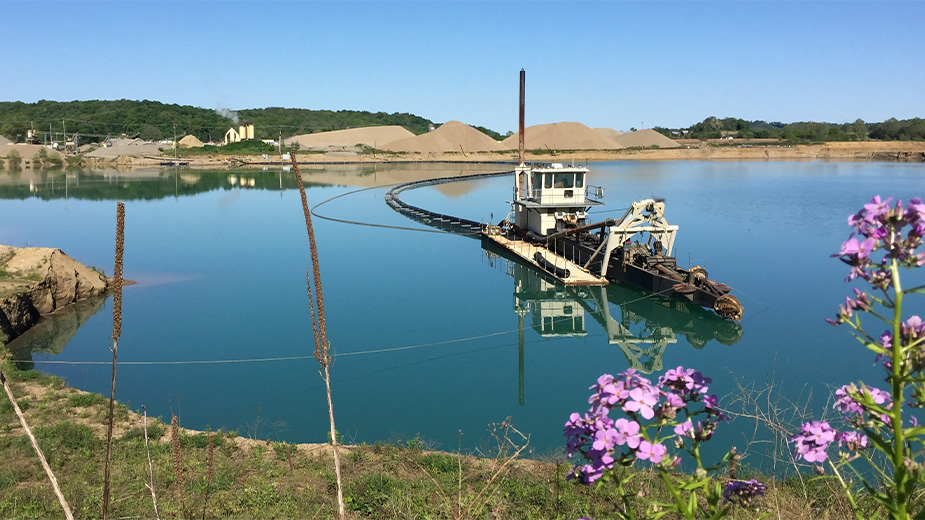Advocates Launch Effort for NE Ohio Climate Action Plan
YOUNGSTOWN, Ohio – While the auto industry’s transition toward electric vehicles is essential to reducing greenhouse gas emissions, much more is needed to develop the sustainable fight against climate change.
That’s the consensus of a panel of specialists participating in a summit Tuesday hosted by the Northeast Ohio Areawide Coordinating Agency.
NOACA is the transportation and environmental planning agency for greater Cleveland, addressing needs in Cuyahoga, Lorain, Geauga, Lake, and Medina counties.
The summit is an effort to urge organizations, individuals, public officials, local governments, foundations, businesses and others to work together through NOACA and help develop the region’s first climate action plan.
Aside from EV adoption, reducing the carbon footprint in northeastern Ohio must also come through transportation planning, community initiatives, new land-use strategies, and investments in alternate sources of energy, they say.
“Nearly one-third of greenhouse gas emissions are attributed to transportation,” said Grace Gallucci, executive director and CEO of NOACA. “This is the single largest source. Transportation is now responsible for a larger share of industrial emissions.”
Climate extremes have caused irreversible damage in some regions, Gallucci said, noting often it’s the most vulnerable people and systems that suffer the most.
NOACA and its partners, the George Gund Foundation and the Cleveland Foundation, have taken the lead in a sweeping initiative designed to mitigate additional environmental harm caused by climate change and to attain a goal of carbon neutrality by 2050.
This plan would address improving connections and management of transportation systems, more efficient land use, cleaner air, improved public health, protection of fresh water sources such as Lake Erie, and greater access to jobs and housing.
Beth Osborne, director for Transportation for America, a policy advocacy organization based in Washington, D.C., says before the pandemic hit, transportation was the only business sector in which greenhouse gas emissions were on the increase. “It’s the only sector going in the wrong direction,” she said.
The drive to EV adoption is “absolutely essential” to attaining a zero carbon footprint. “But it’s not sufficient,’ Osborne said.
Indeed, greenhouse gas emissions are on the rise despite new fuel-efficient vehicles on the roads, Osborne said. Between 1990 and 2017, fleet efficiency increased by nearly 20%, but emissions rose 22%, she says. That’s because drivers are logging more miles – a 20% increase between 1993 and 2017, she reports.
Additional highway construction could also impact climate, as heat intensifies with more pavement, Osborne said. And, expanding roadway systems does not always alleviate congestion problems in cities, she noted.
“Overbuilding induces more travel,” Osborne said. “We know adding capacity doesn’t work.” A study of 100 of the country’s largest communities show that freeway capacity increased by 42% while the population grew by just 32%. Congestion, however, increased a 144%.
“Talk about a failing strategy,” she said.
The solution lay in sound transportation planning that advocates more biking and walking-friendly communities that reduces the reliance on vehicles, she says. Planners much also rethink ways to spend public infrastructure dollars, as most funding is used for expanding conventional highway capacity. “Every dollar we spend has to be about climate if we want to redirect this huge ship,” Osborne said.
Ronald Richard, president and CEO of the Cleveland Foundation, said the initiative unleashes a wealth of opportunity for the region in terms of jobs, technology and overall business growth.
“In Tennessee, the advanced energy sector added jobs, and paid higher than average wages,” he said. The sector pumped $45.8 billion into the state’s economy between 2016 and 2019. “It outpaced the state’s overall economic growth,” he noted.
It’s more challenging in Ohio, said Anthony Richardson, president of the George Gund Foundation. “Ohio is actually the third-largest greenhouse emitter in the U.S.,” he said. “If we were our own country, we’d be the 26th largest emitter in the world. The work that we do in Ohio has global implications.”
Cuyahoga County was spurred to create its own plan in 2015 after the U.S. withdrew from the Paris Climate Accords. “Funding is really important,” he said. “At the county level, we’ve had a lot of champions.”
Other Ohio communities are seizing the initiative and adopting outreach plans to engage its residents on the importance of combating climate change.
The city of Oberlin, for example, has had a climate action plan in place since 2007 that addresses key areas such as transportation, green buildings, renewable energy, water resources, land use, and agriculture. An update in 2019 allowed for the creation of a sustainability coordinator position that is charged to implement the plan.
“One of the most important things is to find ways to engage the community,” said Linda Arbogast, sustainability coordinator in the city of Oberlin.
In 2015, the community reached its goal of reducing emissions by half from 2012, she said. The goal is to reduce the greenhouse footprint by 75% by 2030. “It’s a tough one. As you get closer it gets harder and harder,” she said.
SeMia Bray, co-director Black Environmental Leaders Association, says Cleveland has its share of community resources and groups that could be great assets to the Northeast Ohio Areawide Coordinating Agency.
“When you see innovative projects like Black Futures Fund or the Ohio Climate Justice Fund, you see the wealth of resources in our region that we haven’t tapped into,” she said.
The summit also heard from U.S. Sen. Sherrod Brown, D-Ohio; and U.S. Reps Marcy Kaptur, D-9 and David Joyce, R-14, in recorded messages supporting the group’s efforts to combat climate change.
All agree that any plan must be big in scope, but efficiently executed.
“If we don’t do anything dramatic, all of our work will be meaningless,” said the Cleveland Foundation’s Richard. “Climate change is the moral imperative of our age.”
IAkil Mazumder from Pexels
Copyright 2024 The Business Journal, Youngstown, Ohio.



